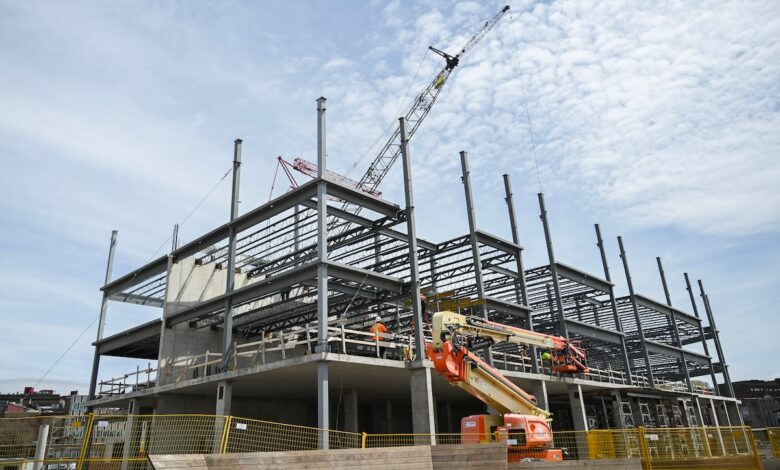Canada needs 3.2 million new houses to close the home gap, and it is not yet on the rails: PBO

Canada is facing a significant housing shortage, with the need to build 3.2 million new homes over the next decade to close the gap, according to a recent analysis by the parliamentary budget officer. However, the country is currently not on track to meet this target.
The report predicts that while there will be a temporary increase in the number of new homes built over the next three years, this will eventually taper off and return to historical averages. On average, 227,000 new homes will need to be completed each year over the next decade, totaling around 2.5 million new homes. This leaves a shortfall of nearly 700,000 homes compared to the 3.2 million needed.
Factors such as Canada’s reduced immigration goals and record numbers of new households being formed in recent years may delay the demand for new homes. However, the report anticipates that this high demand will persist for some time.
In 2024, Canada saw a record high of 482,000 new households being formed, with an average of 159,000 new households expected annually between 2025 and 2035. The report suggests that increased construction and reduced demand will help address the historically low vacancy rates that have contributed to rising house prices.
The vacancy rate hit 3.3 percent in 2024, well below the historical average of 6.4 percent between 2000 and 2019. To fully close the housing gap, Canada would need to add around 290,000 new homes each year for the next decade, a higher number than the country has ever built in a single year.
In 2024, Canada completed 276,000 new homes, the highest number up to that point. This analysis contrasts with estimates from the Canada Mortgage and Housing Corporation, which suggested that between 430,000 and 480,000 new homes are needed annually to restore affordability.
The CMHC’s report highlighted regional differences and population movements, emphasizing the complexity of Canada’s housing challenges. Factors such as population growth in cities like Calgary and Edmonton, as well as the desire for homeowners to upgrade their properties, were taken into account.
The affordability of housing, particularly in light of the COVID-19 pandemic, was also a key consideration in the CMHC’s projections. Overall, addressing Canada’s housing shortage will require a multifaceted approach that takes into account various factors influencing the market.




